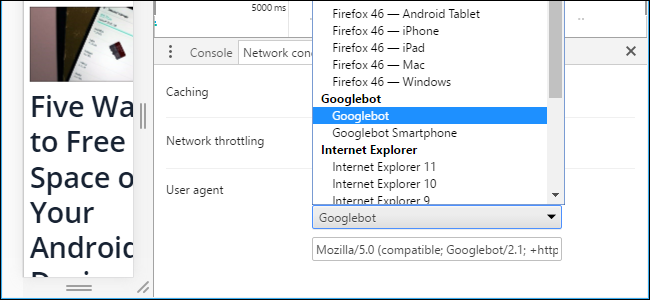

- #Change network settings for firefox on mac how to
- #Change network settings for firefox on mac mac os x
- #Change network settings for firefox on mac password
- #Change network settings for firefox on mac Pc
- #Change network settings for firefox on mac mac
Fill in the details of the proxy server and username and password if necessary. Select the proxy services you want to use - usually Web Proxy (HTTP) and FTP Proxy are all you need. Click on Advanced and select Proxies tab. Depending on the way you connect to the network, usually Ethernet, select Ethernet option from the Network window.
#Change network settings for firefox on mac mac
Once you have the details of the proxy server, go to System Preferences on your Mac and select Network.
#Change network settings for firefox on mac Pc
Or you can can look up the proxy settings yourself from the Windows PC by looking at the ‘Connection’ details under Internet Explorer->Tools->Internet Options. It can be just a server name or a script. You will need to contact your system administrator for obtaining the details of the Proxy Server. However, if are required to use proxies for web access, you will have to configure them on your Mac as well. If you have Wi-Fi around, the available wireless networks will automatically show up on your computer - select the network you want to join, enter a password, and you’re connected. If your organization does not use proxy servers, you should be able to access internet by simply plugging the Ethernet cable in your office to the Mac. The other option is to use Microsoft Outlook on your Mac which you can get through Microsoft Office 2016 or a Microsoft Office 365 subscription. Your mail account should now be configured. Next enter your name, email address and password, then click Continue and fill in the details of your Exchange server like the Server Address, etc. Click + icon to add a new account and select Exchange from the list of account types. Open the Mail app and go to Preferences -> accounts.
#Change network settings for firefox on mac mac os x
If your Mac is running Mac OS X 10.6 Snow Leopard or later, you can use the included Mail program to connect to your corporate email account automatically using an Exchange account. You should now be able to see all the network drives in your Finder sidebar. smb://192.168.10.10/finance) or you can even see the server by clicking the Browse button.Ĭlick on the + icon to save a bookmark and press Connect. In some cases, you might have to use the IP address of the Windows server (e.g. To access a network shared drive (or a folder) at your workplace, open Finder and from the menu bar, select Go followed by Connect to server.
#Change network settings for firefox on mac how to
How to Share Files between Windows & Mac Access Network Drives from a Mac

Other users on the Windows network can now access your Mac shared folders as usual by clicking your computer in their Network neighborhood on their Windows computers. Click on Options and select Share files with SMB. To share a folder on the network for others to see, click on the + icon below the Shared folders section, choose the Mac folder you want to share and change the permissions suitably for Everyone (the default is Read Only). To enable sharing, go to System Preferences on your Mac, click on Sharing and check File Sharing. However, you might need to enable sharing explicitly for this to work. Macs can work seamlessly in a windows network. Here’s a complete guide: Share files and folders between Mac & Windows You can easily access network drives, connect to shared printers, check your Exchange server email and access other resources in all all-Windows network right from the Mac. Well, there’s nothing to worry here as you can take your Mac to office or in team meetings without requiring support from the support staff.

How do you get your Macbook to play nicely with the Windows-only workplace? Two approaches were taken to work around these bugs: first, a preference to globally disable IPv6-based DNS lookups browser-wide (this preference), and a blacklist of domains which should never have IPv6-based DNS lookups performed ( 4OnlyDomains).You use a Macbook at home and would prefer to use the same Mac laptop at work but the corporate IT department will only support computers that are running the Windows OS. A significant delay is introduced in all connections requiring DNS lookups while the OS and the DNS server exchange unnecessary (or redundant) queries and responses to resolve the address. Under certain versions of Mac OS X (those prior to 10.4), this bug is compounded by another bug wherein the OS still makes IPv6 DNS requests even if IPv6 support is disabled. It is possible for Mozilla to recover from this misinformation, but a significant delay is introduced. One particular bug that has appeared exists not in Mozilla, but in IPv6-capable DNS servers: an IPv4 address may be returned when an IPv6 address is requested. Mozilla implemented IPv6 support in early 2000, but that support did not receive widespread testing until recently as IPv6-capable OSs and network software/equipment became more common.

IPv6 was designed in part to solve the problem IPv4 will soon be facing: the exhaustion of all possible IP addresses.


 0 kommentar(er)
0 kommentar(er)
